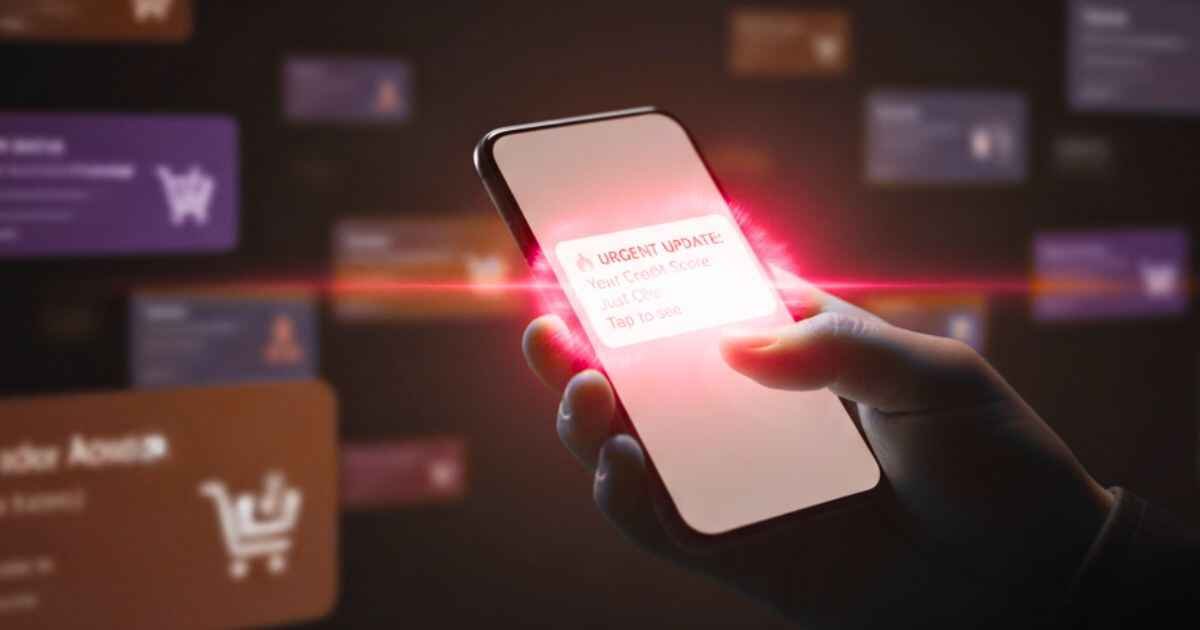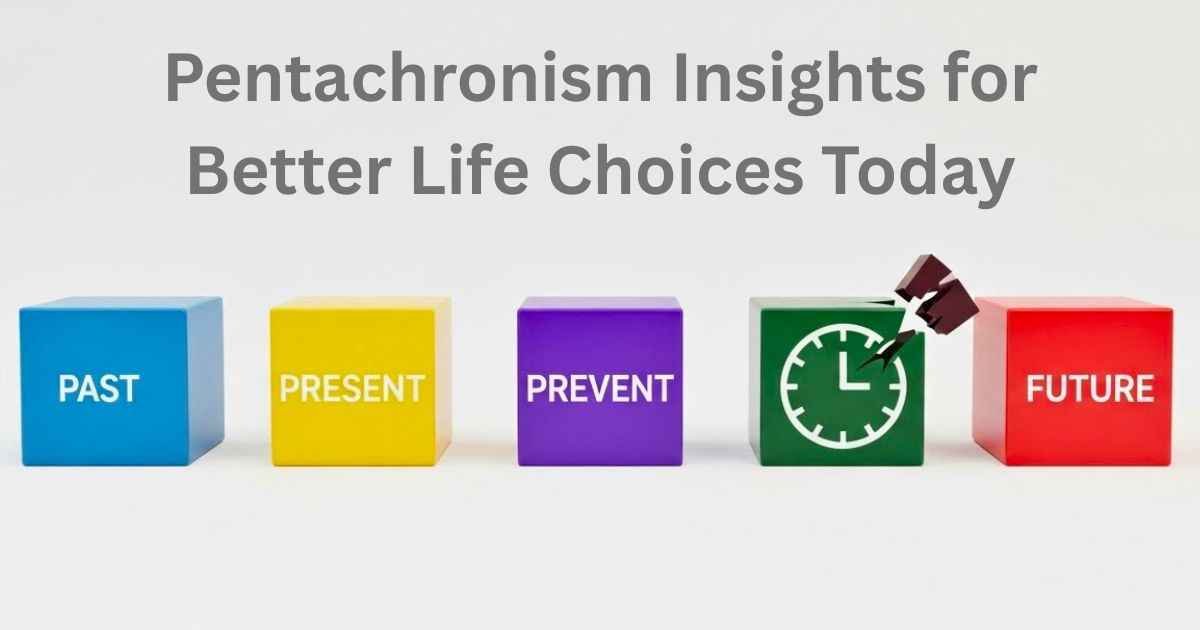Most advertising operates on hope. Brands hope someone visits their site, hope they’re in the right mindset, hope the banner catches their eye before they scroll past. Push notifications work differently. They don’t wait for the perfect moment—they create it.
The difference comes down to timing and attention. Traditional display ads compete in crowded spaces where users have already committed their focus to something else. Push notifications arrive in a dedicated space, at a chosen moment, with nothing else demanding immediate attention. That’s not a small advantage. In a world where the average person sees thousands of marketing messages daily, being the only message in frame changes everything.
The Attention Window Problem
Here’s what most advertisers miss: attention isn’t just scarce, it’s contextual. Someone browsing travel blogs at 2 PM on a Tuesday is in a different mental space than someone checking their phone first thing in the morning. Banner ads and display formats can only reach people who are actively on a website. Push notifications reach people wherever they are, whenever the message actually matters.
This creates opportunities that other formats simply can’t match. A flash sale that starts at noon hits differently when it arrives as a notification rather than as a banner ad someone might see hours later—if they happen to visit the right site at all. Limited-time offers lose their urgency when they depend on passive discovery.
The math here is straightforward. Display ads might get seen by 30% of visitors to a page, with click-through rates hovering around 0.1% on average. Push notifications get delivered to 100% of subscribers, with engagement rates that can hit 7% or higher for well-timed messages. That’s not a marginal improvement. That’s a fundamental shift in how messages reach people.
Why Permission Changes the Game
Most advertising formats are interruptive by nature. They appear whether someone wants to see them or not. Push notifications require opt-in, which sounds like a limitation until you realize what that permission actually represents. Someone who subscribes to push notifications has actively chosen to hear from a brand. That’s a completely different starting point than someone who just happens to be on a website where ads appear.
This opt-in dynamic creates a relationship that other formats can’t replicate. Users who grant notification permission are essentially saying “I want to know when something relevant happens.” They’re not tolerating ads—they’re requesting updates. Advertisers working with a push notification ad network benefit from this built-in receptivity, since messages aren’t fighting against the natural resistance most people have developed toward advertising.
The problem with display advertising isn’t just that people ignore it. It’s that people have trained themselves to ignore it. Banner blindness is real and measurable. Eye-tracking studies show users systematically avoiding areas where ads typically appear. Push notifications don’t trigger that same automatic dismissal because they arrive in a space associated with important information—texts from friends, calendar reminders, breaking news alerts.
The Immediacy Factor
Speed matters more than most marketing teams acknowledge. A user researching products right now is worth exponentially more than someone who was researching yesterday. Traditional ad formats rely on retargeting and hoping the right person eventually cycles back to a site. Push notifications let brands reach people in real-time, while purchase intent is still active.
Consider how shopping behavior actually works. Someone browses a product, gets distracted, and moves on. That moment of interest fades quickly. A well-timed push notification can bring them back within minutes or hours, not days later after they’ve already bought from a competitor or forgotten entirely. The conversion window for most purchases is shorter than advertisers think. Formats that can’t capitalize on immediate intent leave money on the table.
This is where the timing advantage becomes most obvious. Email marketing might have similar permission-based benefits, but emails sit in inboxes competing with dozens of other messages. Push notifications appear as system-level alerts that demand acknowledgment. Users either engage immediately or consciously dismiss them. That forced interaction—even if the interaction is just a quick glance—gives push ads visibility that other formats have to fight for.
When Context Actually Matters
Not all advertising moments are created equal. Someone on a recipe blog might be receptive to kitchen gadget ads, but only if they’re actively reading recipes. Someone who subscribed to a cooking site’s push notifications is signaling ongoing interest that extends beyond any single browsing session. The context isn’t just “this person is on a cooking site right now.” It’s “this person cares enough about cooking to want updates.”
Push notifications also benefit from device context. Mobile notifications reach people throughout their day—during commutes, lunch breaks, evening downtime. These are moments when people are open to quick information but might not be actively browsing websites. Desktop push notifications catch users during work hours, when they’re already at their computers and can act on offers immediately. The device becomes part of the targeting strategy in ways that traditional display formats can’t leverage.
The geographic and temporal targeting possibilities amplify this advantage. A restaurant can send push notifications to nearby subscribers during lunch hours. An e-commerce site can time messages for when shipping deadlines approach. These aren’t just personalization features—they’re fundamental shifts in how advertising aligns with actual user behavior and needs.
The Format’s Natural Limitations (and Why They’re Actually Strengths)
Push notifications can’t do everything, and that’s part of why they work. The format forces brevity. There’s no room for lengthy copy or complex value propositions. Messages need to be direct and compelling in a single sentence. This constraint eliminates the verbose, unfocused messaging that plagues other formats.
The limited space also prevents the creative excess that makes so many display ads annoying. There’s no autoplay video, no animated takeovers, no pop-ups that cover content. Push notifications are inherently respectful of user experience because the format physically can’t be obnoxious. The worst thing that happens is someone ignores a message or unsubscribes. Compare that to display ads that slow page loads, cover content, or play sound unexpectedly.
Frequency control becomes critical with push notifications in ways it doesn’t with display ads. Send too many banners and users might develop banner blindness. Send too many push notifications and users unsubscribe completely. This forces better discipline. Brands have to actually consider whether a message is worth sending, rather than defaulting to maximum frequency because impressions are cheap.
The Measurement Clarity
Here’s something refreshing about push notifications: the metrics are straightforward. Delivery rates, open rates, click rates, and conversions create a clear funnel. There’s no question about viewability or whether an ad actually appeared on screen. Either the notification was delivered or it wasn’t. Either the user clicked or they didn’t.
This clarity makes optimization simpler. Testing different message timing shows immediate results. Subject line variations produce measurable differences in engagement. Segmentation strategies prove their value in real conversion data, not proxy metrics about time-on-site or scroll depth. The directness of the format creates directness in measurement.
The attribution is cleaner too. When someone clicks a push notification and makes a purchase, the connection is obvious. There’s no multi-touch attribution complexity, no questions about whether the ad actually influenced the decision. Push notifications tend to be last-click conversions because they reach users at decision moments, not during passive research phases.
Where Push Fits in the Advertising Mix
Smart advertisers don’t choose between push notifications and other formats—they use push for what it does best. Brand awareness campaigns still need display reach. Detailed product education still needs landing pages and content. But for time-sensitive offers, cart abandonment, new inventory alerts, and moments when immediate action matters, push notifications outperform alternatives consistently.
The key is recognizing that different formats serve different purposes. Display advertising builds presence. Content marketing builds authority. Social media builds community. Push notifications build action. Trying to make any single format do everything guarantees mediocre results across the board.
The timing advantage isn’t theoretical—it shows up in performance data again and again. When ads reach people at moments that actually matter, conversion rates reflect that advantage. Push notifications might not be the flashiest format or the one with the most creative flexibility, but they consistently reach people when other formats miss entirely. In advertising, that’s the advantage that actually counts.
You May Also Like: Cost Analysis: Are 4G Mobile Proxy Services Worth It?

I’m Emma Rose, the founder of tryhardguides.co.uk, and a content creator with a passion for writing across multiple niches—including health, lifestyle, tech, career, and personal development. I love turning complex ideas into relatable, easy-to-digest content that helps people learn, grow, and stay inspired. Whether I’m sharing practical tips or diving into thought-provoking topics, my goal is always to add real value and connect with readers on a deeper level.
Discover more from Try Hard Guides
Subscribe to get the latest posts sent to your email.




